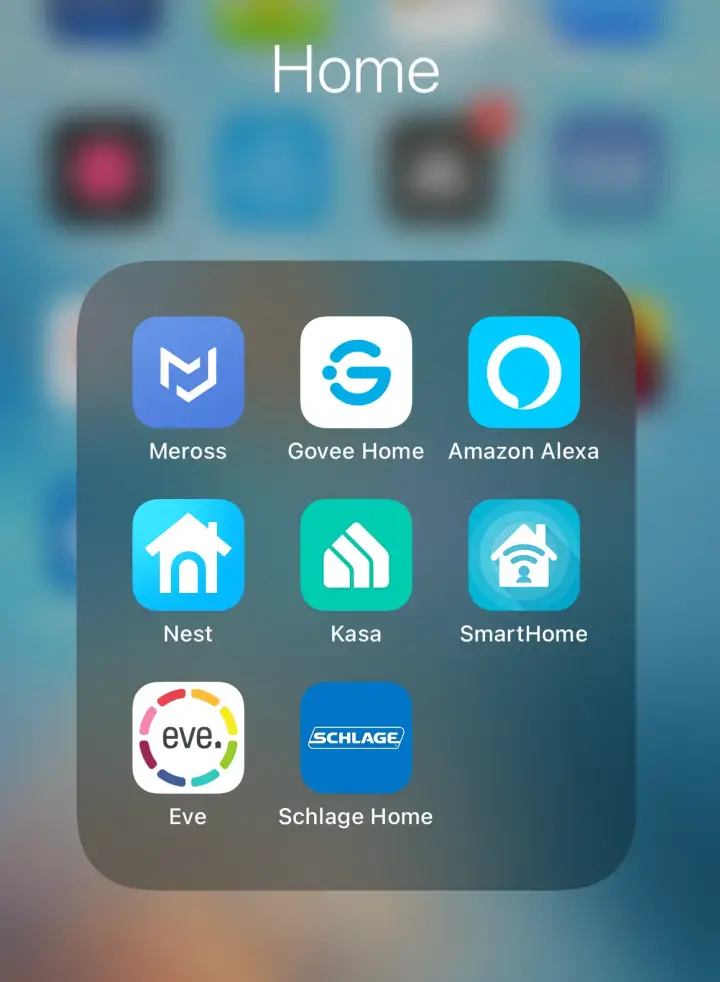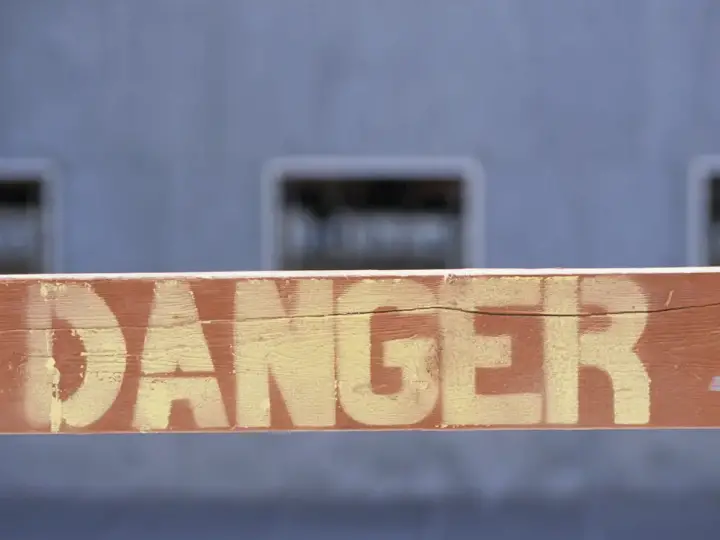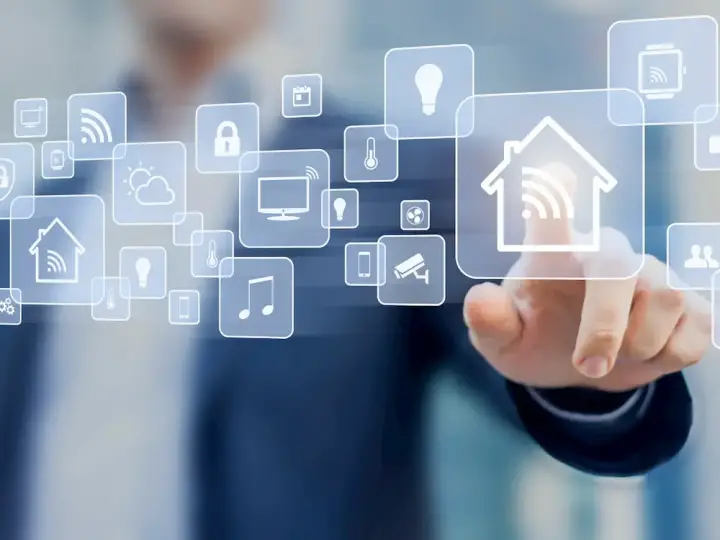5 Smart Home Challenges And How to Solve Them
Updated on 23rd Dec 2020 18:12 in General, Smart
As anyone who has started building a smart home will tell you, there are certainly some challenges that pop up in the process of setting up a smart home. While some of these are certainly issues unique to each user, there are quite a few common problems that are systematic in nature. Let's see the smart home challenges individuals and manufacturers will need to deal with to ensure widespread adoption.

Table of Contents
Compatibility is lacking
A problem that has long plagued many industries is the compatibility between systems that are often lacking due to a large number of manufacturers that each have their own product lines. As there is no standard for communication in a smart home, each company will essentially design their own system unless they are specifically targeting an ecosystem such as HomeKit. If users aren't careful, it is almost inevitable to end up in "smart home hell" where you have a different app for each device, and you need to remember where to go to control each one. This is especially a problem with "hubless" devices that claim to function without any special equipment, meaning it can be independently controlled regardless of the installed technology.
The problem is that most manufacturers achieve this by having each device connected to a server they run that will relay your commands from an app to the relevant advice. Typically, the problem arises when you have stuff from many different manufacturers in your home, which is obviously a common situation. Unless you are going to buy absolutely everything from a single vendor, you will likely need at least the name number of apps as there are vendors. Any way you put it, this will not be a pleasant user experience, and that is a problem that should be solved at the vendor level as they have the option to use any communication protocol they want.
Until the day they make these devices more inter-compatible, individuals will need to be vigilant to avoid falling into the trap of buying a ton of incompatible products that each have their own app. A good method for ensuring things work nicely together is to pick a specific ecosystem such as Z-Wave, Zigbee, or HomeKit. They all mandate that each device use a standard communication method. There are other protocols, but most are not open for any manufacturer to use, which is effectively the same as accepting vendor-lock. All three of those ecosystems are openly developed and allow anyone to build a compatible product that will "just work" with their respective hub.

Functionality issues
Most will agree that a smart home is one of the types of technology that should be highly reliable, just as the systems that run a modern car. There is usually no direct danger to safety if a properly designed smart device fails, but that doesn't exclude the frustration and inconvenience brought by malfunctions. The first step to resolving this problem is to design and build smart devices with reliability in mind, but unfortunately, most easily accessible equipment is not highly reliable. To explore this a bit, think of all the stuff that is sold as "hubless". They achieve no-hub operation by using a server accessible over the internet to essentially act as a remote hub.
What happens if the internet goes out? That's right; there is no way to control these devices anymore! Of course, it would make a lot of sense to include a local control option, but many systems currently do not. Any good system should have a way to control it locally to remove such a dependence on the internet while also having some sort of fallback mechanism for redundancy. Let's say your hub fails. If we wanted to maintain functionality, we should have a second hub ready to pick up the role at a moment's notice. It isn't difficult to see that the current state of things has not moved us closer to a solution, and in the case of the plague of cloud devices, we have moved further from a solution!
As if all there weren't bad enough, some hubs are completely reliant on the cloud despite being a hub that must be purchased and physically placed in your home. Consider Smartthings - the hub is located in your home but requires an internet connection to reach the cloud and control anything. That means it is possible for all of your devices to be online in addition to the hub being online and so long as the internet is down, nothing will work. While Smartthings was used as an example, there are plenty of "cloud-based" systems that will suffer from the same problem. All this is the opposite of reliability; there are too many elements in the chain that could cause downtime: the internet connection, the vendor's cloud service, your router, the systems your ISP run.
Privacy
The age-old issue with any technology is how it will affect your privacy. This question is especially valid with a smart home, as some of these devices are placed deep in people's personal lives and collect potentially sensitive information. There's the obvious, such as exactly what times you aren't home or seeing that you are on vacation. There are also subtle things, such as everyday things that can help an unknown entity find out many things about you for marketing or other purposes. In any case, privacy is a big problem when everything is connected together, such as it is in a smart home so companies need to make extra sure that consumers can trust the systems they are buying.
Most people will not consider some smaller forms of privacy invasion as a big problem. Still, it can easily become one as all the information is put together in a connected home. When you use a cloud system, any information you can see about your home is the same as what a bad actor could see if they were to compromise the system. Think about the kinds of data a smart home can collect, now imagine handing all of that over to a bad guy. It would be like giving them the keys! In fact, if a house has a smart lock, you might literally be handing over the keys with a cloud-based solution.
We haven't even talked about voice assistants like Alexa yet, and those are evidently a bigger problem. Almost every company that sells these claims the system does not record anything unless it hears the wake word, such as "Alexa" or "Hey Google". Of course, that is just a claim at any point that could change to record secret conversations as it would be as simple as pushing an update in most cases. In some cases, they already have recorded secrets. Unfortunately, Alexa went through a bit of a scandal when it was discovered that the device sometimes misheard the wake word and would record audio anyways.
That wouldn't be so bad if it weren't for the fact that those recordings were permanently stored on the company's servers and were manually reviewed by employees. Some people did really accidentally expose sensitive information as the device recorded the conversation and uploaded it. Imagine what could happen if a bad actor discovered some of these potentially very private recordings that should never have been stored, much less associated with the person's account! The industry has to be careful to consider privacy as an important factor if they want widespread use of smart technology. As it stands, anyone that is privacy conscious will stay far away from products like Alexa.

Security
There are both physical security and cybersecurity problems with smart homes. Physical security is something most people think about, regardless of smart home knowledge. That means some products might allow an intruder easier access or could reveal some information about you that could be useful to burglars. Imagine that your smart home records when you are home and when you are away, a hacker could find this information and sell it to burglars who will now know when to strike. In another situation, imagine that a smart lock had a vulnerability that allowed a burglar to simply open the door as you normally would. While it's unlikely that street criminals will be hacking your smart home, it is more likely that a cybercriminal will do it and sell the exploit to someone who will then rob your house.
The other important aspect is cybersecurity as all smart devices can be hacked in one way or another. It is important to realize that the more locally a system is run, the fewer entry points a potential hacker can use. Taking a home that exclusively uses cloud devices, you can see that every single device becomes a possible target for hackers as they are visible from the entire internet. Compared to a system using Z-Wave where each node communicates wirelessly directly with the hub, it's like night and day. A local system will usually only have one entry point located where the hub communicates with the internet to allow remote control while away. Note that despite having just one entry point, such a system could still be hacked - it's just a lot less likely.
The most common type of hack you could encounter actually barely effects you at all. That's because automated systems scan the internet for vulnerable devices, and once one is found, it performs an attack that will make it controllable by the remote system. All of these devices will then be used together in a bot-net that is usually used to perform DDoS (Distributed Denial of Service) attacks to take down web services such as government websites, social media, or even (rarely) individuals. The attack takes down the target, making the service unavailable to legitimate users. The best way to see if you are part of a bot-net is to see if you have a sudden spike in upload traffic used in the attack.
High costs
The industry's final challenges are the high relative cost associated with building a smart home - especially when compared to the price of regular houses. There really isn't a set price for building a smart home, and the cost will vary greatly from ecosystem to ecosystem. As a general rule, professionally installed systems such as KNX will be significantly more expensive than DIY options that are installed by homeowners. However, even within the realm of DIY, there is a lot of variance from one vendor to another, such as the difference between unknown brands and Philips Hue. Usually, the problem with cost in a smart home comes from the fact that there are many individual things to buy that add up.
Consider the cost of installing smart lighting - one light bulb? Inexpensive. The entire house? Possibly 50 times the cost of one bulb depending on the size of the house. The result of the cost problem is that most smart homes are not totally smart; they are only partially fitted with smart devices to keep the cost down. This one isn't just on manufacturers, though, homeowners should try to find ways to reduce their projects' cost by using cheaper methods of doing similar things. As an example, using smart switches instead of bulbs can often reduce the cost simply because they don't need to be replaced, and you only need one per room. It doesn't have to be expensive to build a smart home, just be strategic about it!



